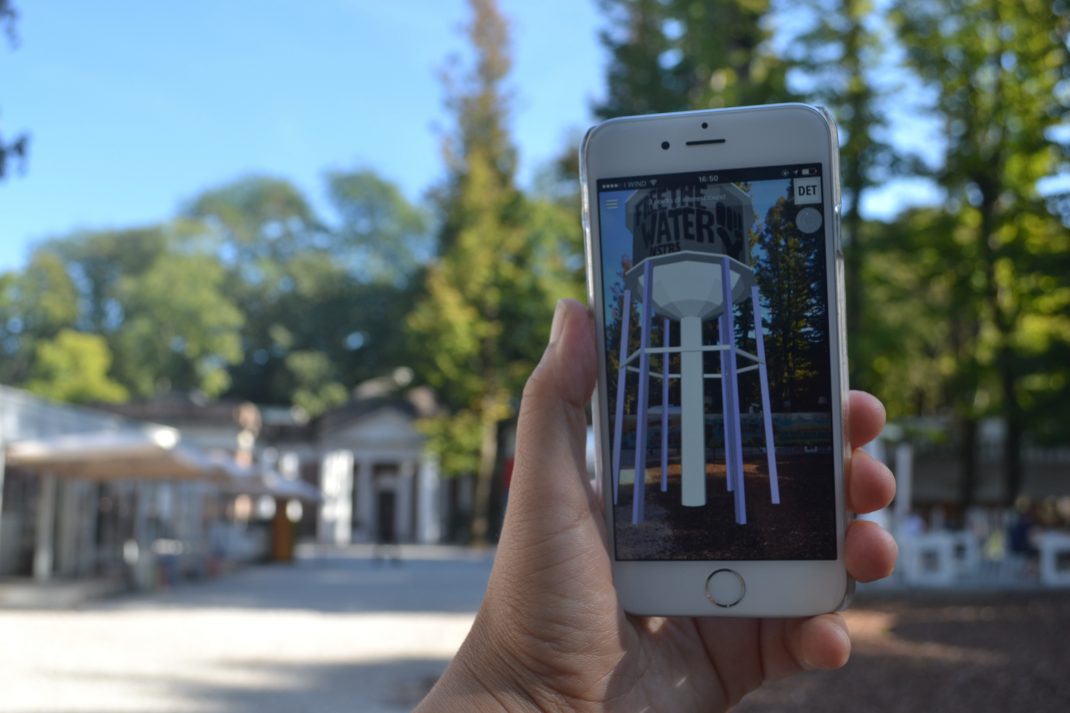Ana María León joined me from Ann Arbor, Michigan, to discuss the role of decentering in her pedagogical practice. Listen to our conversation here. An architect from Guayaquil, Ecuador by way of Harvard’s Graduate School of Design, Ana María was inspired by historical and theoretical questions following what she describes as a very practical and pragmatic architectural education. Following the events in Charlottesville, Virginia in 2017, during which a white nationalist killed anti-racist protestor Heather Heyer, Ana María became invested in scholarly collaborations that explore an architecture history focused on the role of race and space in the Americas. Following lessons from the Feminist Art and Architecture Collaborative (FAAC) reading group that Ana María co-founded while a PhD student at MIT, she similarly helped launch the Space + Race reading list, which has since evolved into a curated collection of thematic readings—an extremely helpful resource for anyone who teaches about architecture, design, race, and place.
Ana María León is an architect and a historian of objects, buildings, and landscapes. Her work studies how spatial politics inform the modernity of the Americas. An assistant professor at the University of Michigan, León has cofounded several collaborations laboring to broaden the reach of architectural history, including the Feminist Art and Architecture Collaborative, the Settler Colonial City Project, and Nuestro Norte es el Sur. A graduate of MIT’s program in the History, Theory, and Criticism of Architecture, she is currently the Charles P. Brauer Faculty Fellow at the University of Michigan’s Institute for the Humanities, and co-directs the Rackham Interdisciplinary Workshop, “Decolonizing Pedagogies.” León sits on the board of the Global Architectural History Teaching Collaborative, the Architecture Lobby, and Anales de Arquitectura, and is an editor-at-large at The Avery Review.
Since moving to Michigan, Ana María León has become interested in the architecture, planning, and politics of Detroit. She describes how, in Detroit, architecture was leveraged as a tool for violence; in the “aestheticization of violence,” built works hide their violent repurcussions under the veneer of beauty. She has worked on the project “Detroit Resists” with Andrew Herscher, which emerged in response to the US Pavilion at the 2016 Venice Biennale. The project theorizes exhibition as intervention, using social media and digital technology to advance counter-political claims within popular architectural discourse.










